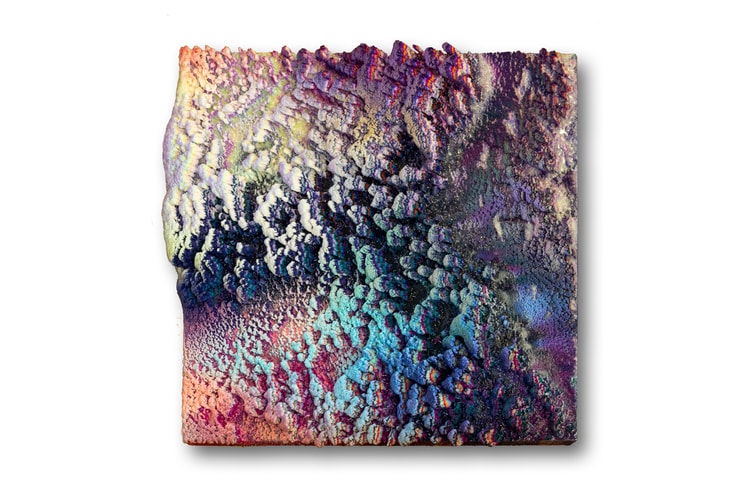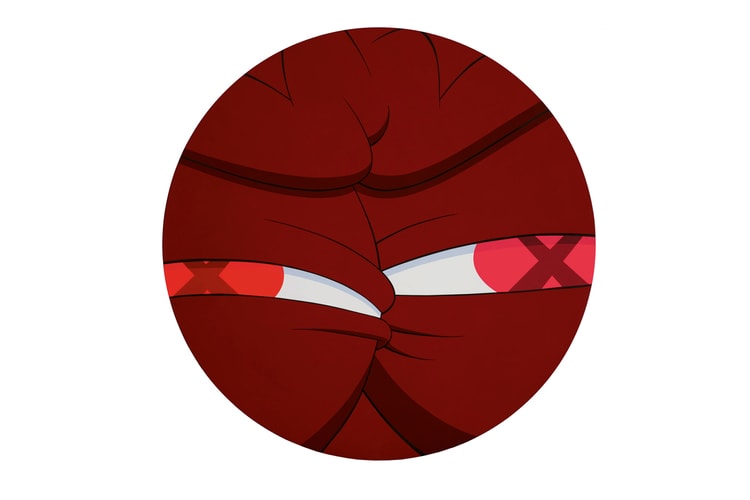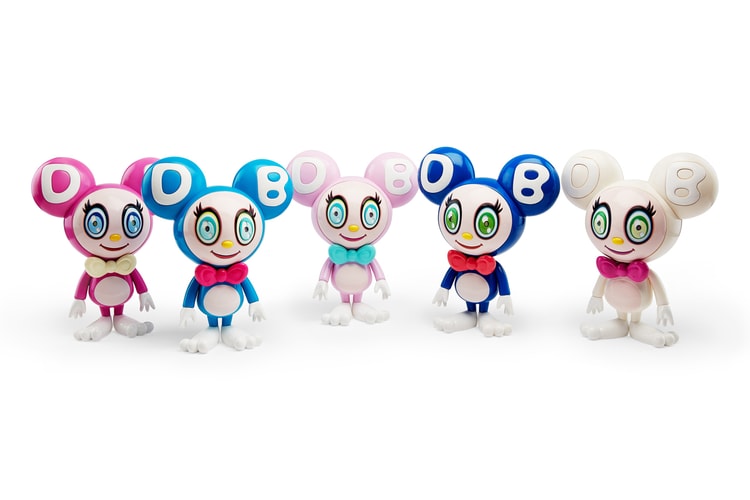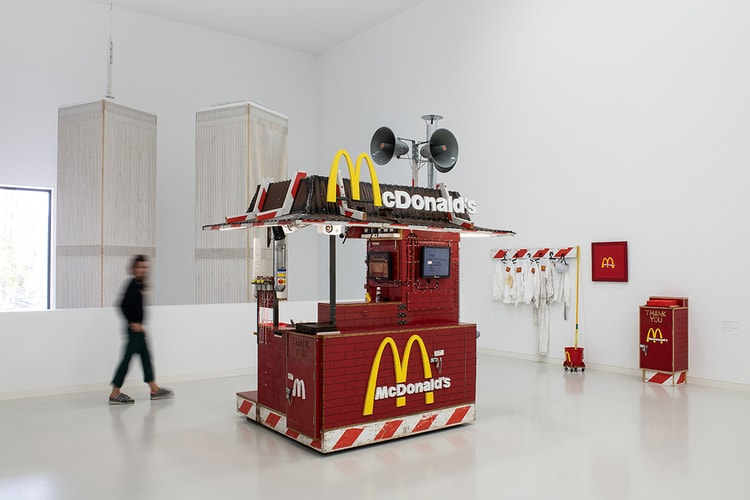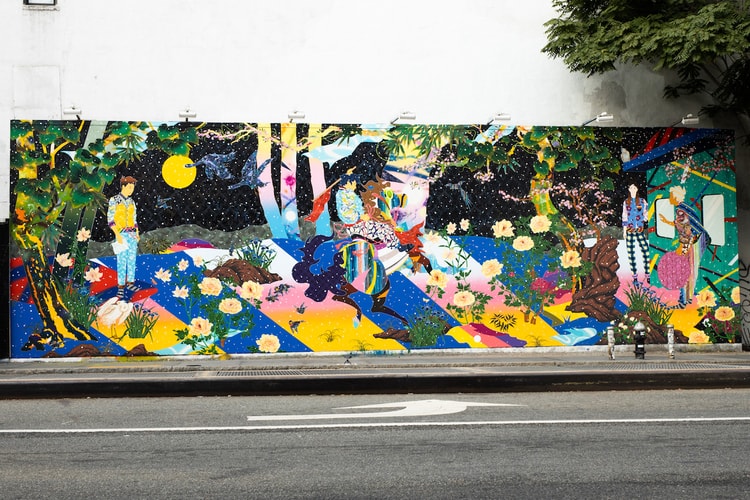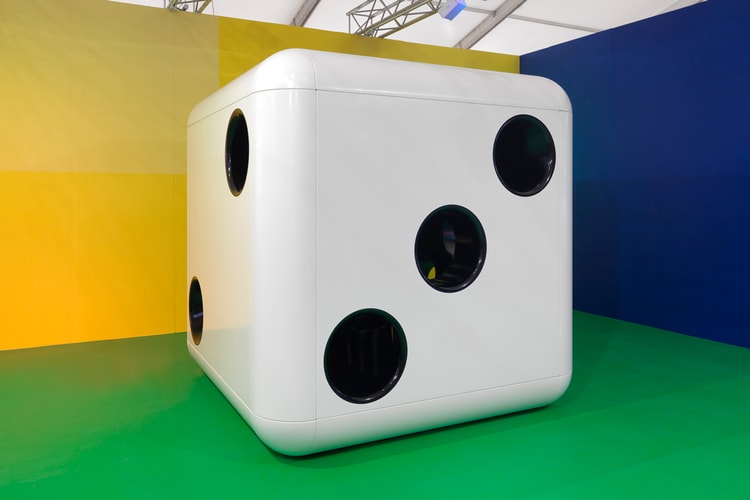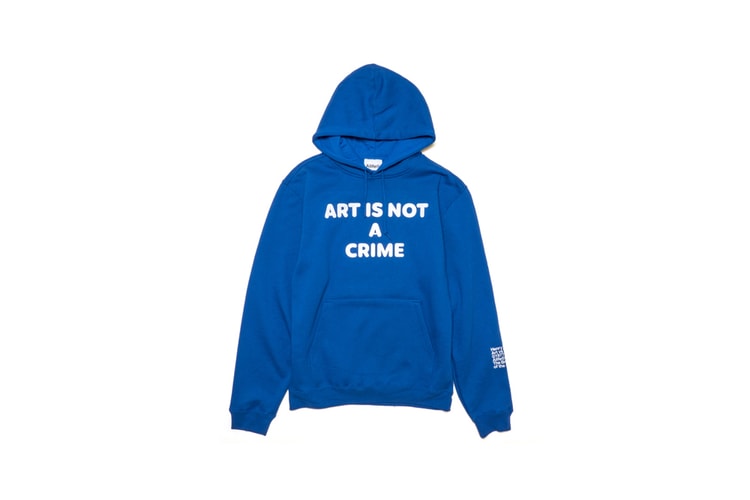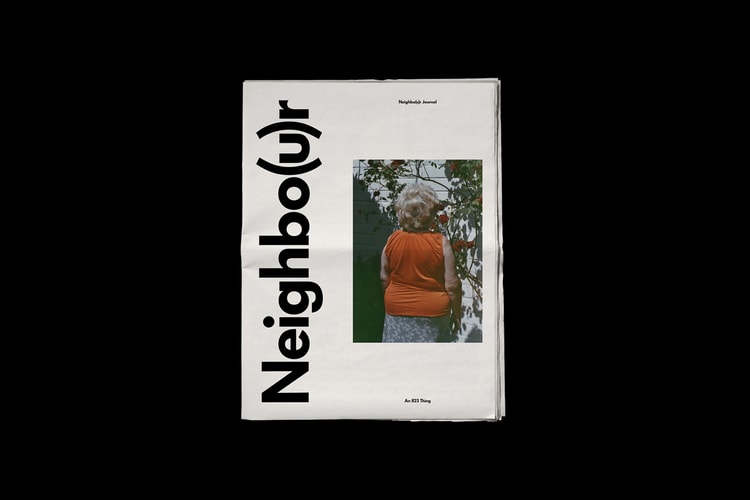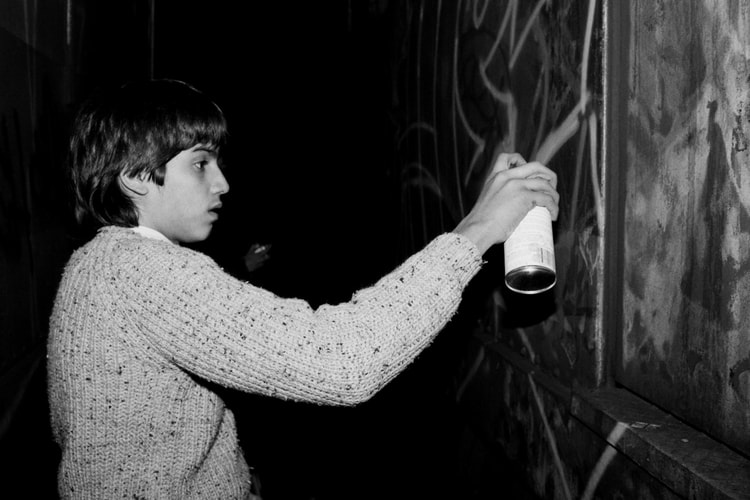José Parlá Walks Us Through His "TEXTURES OF MEMORY" Exhibition
The past, present, and future is written on the walls.
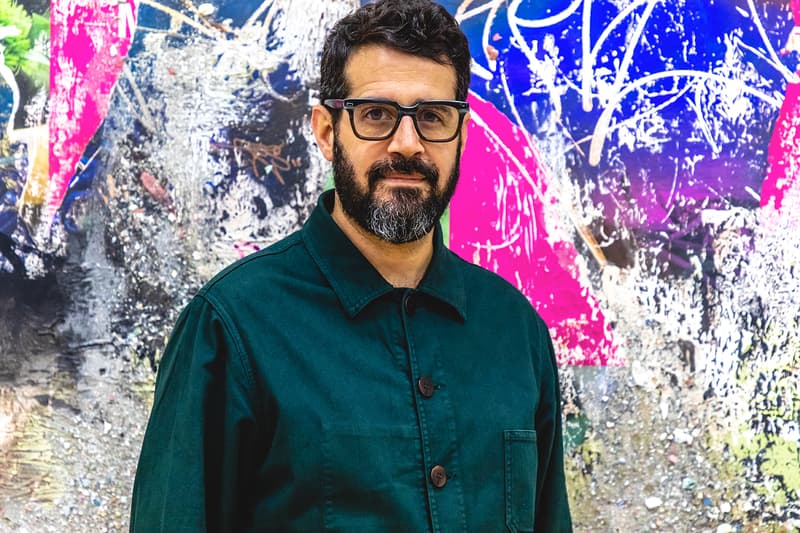
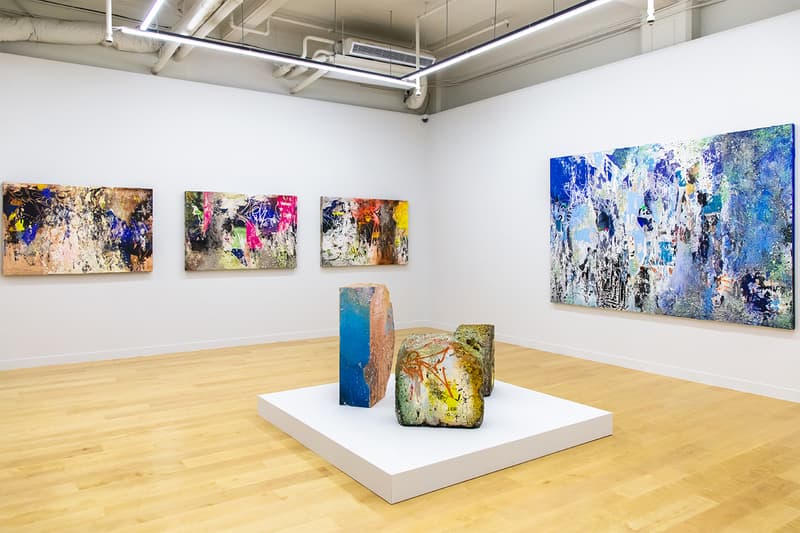
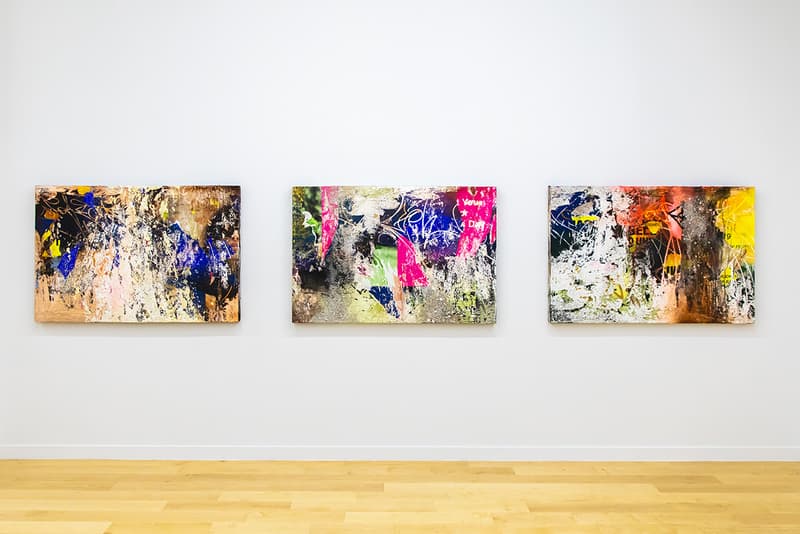
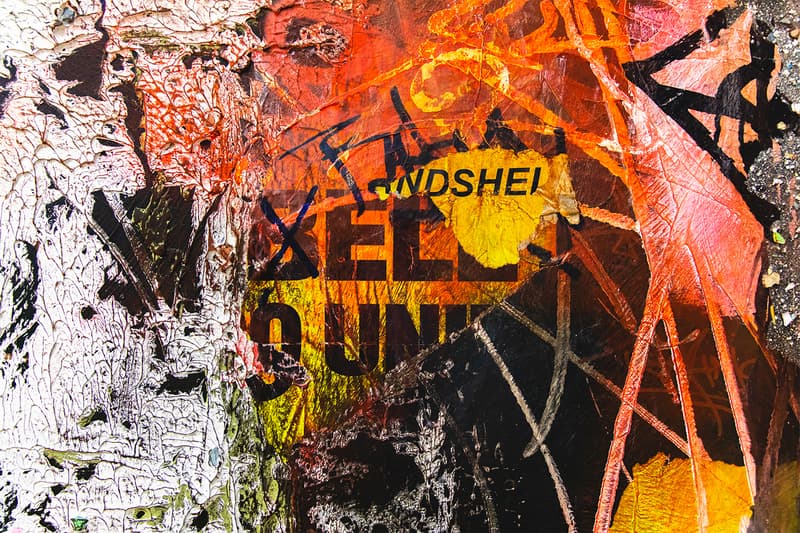
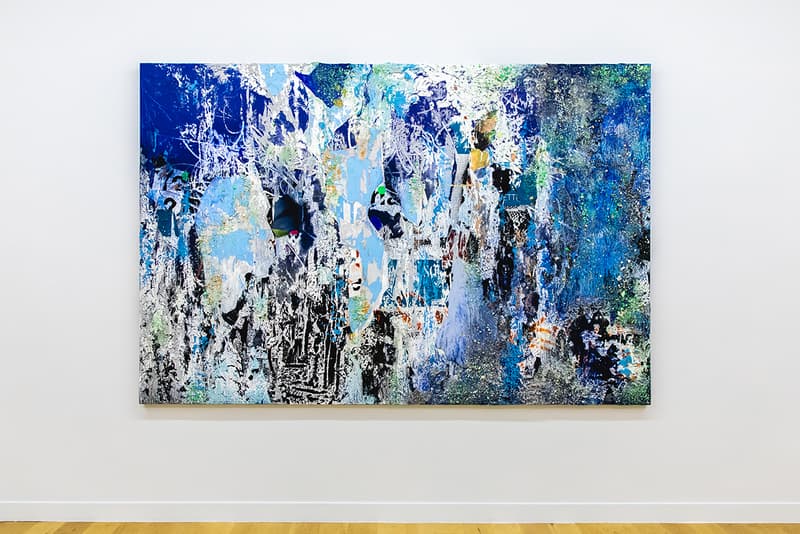
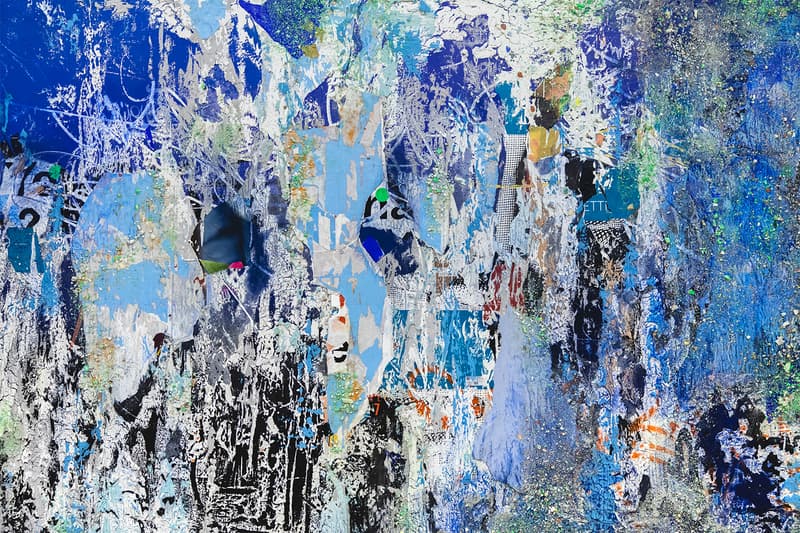
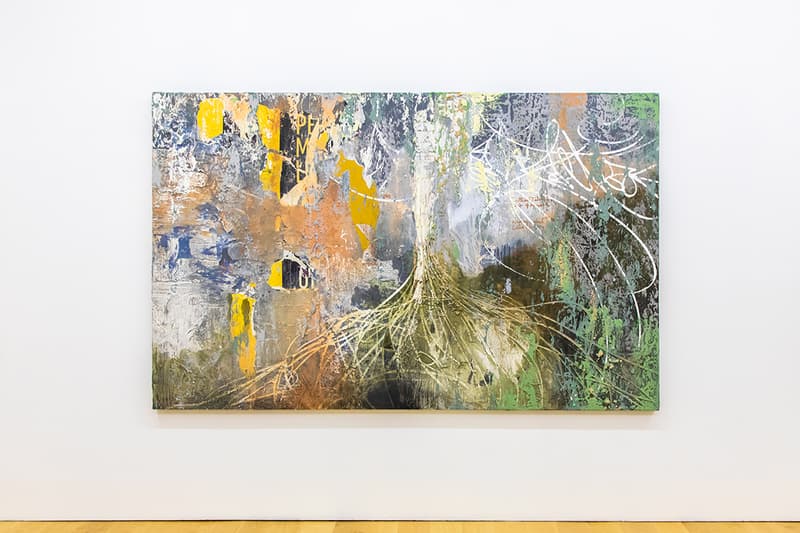
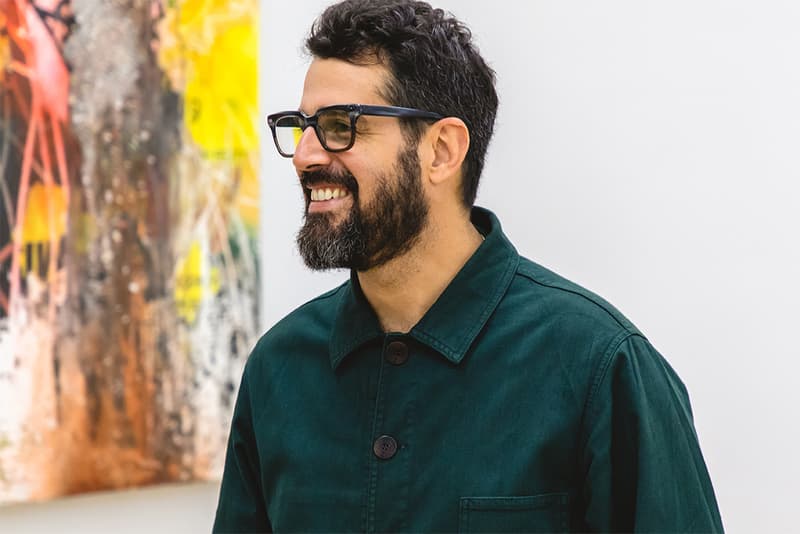
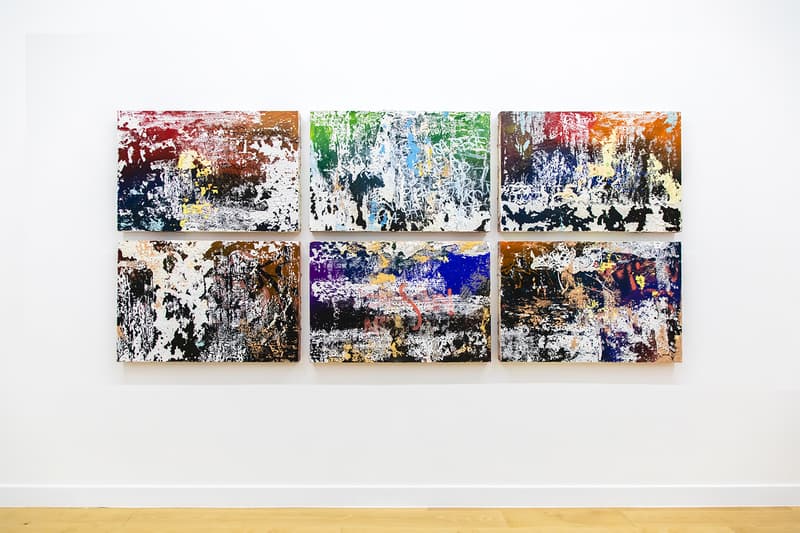
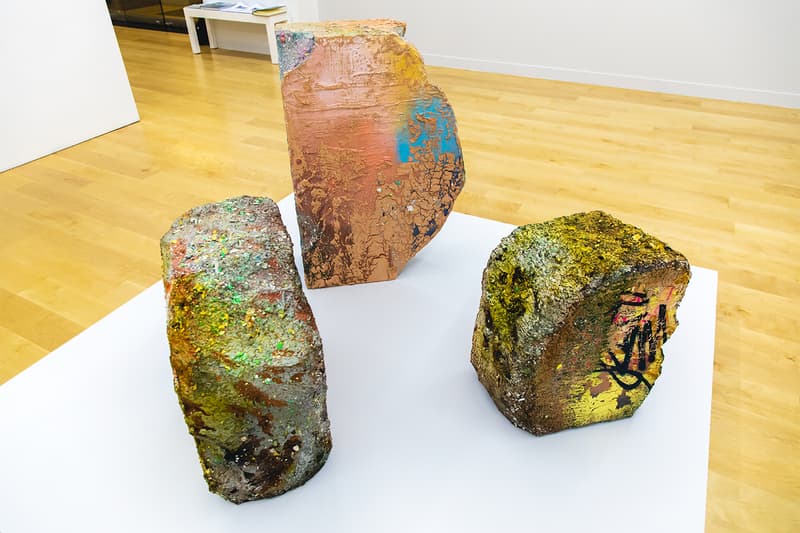
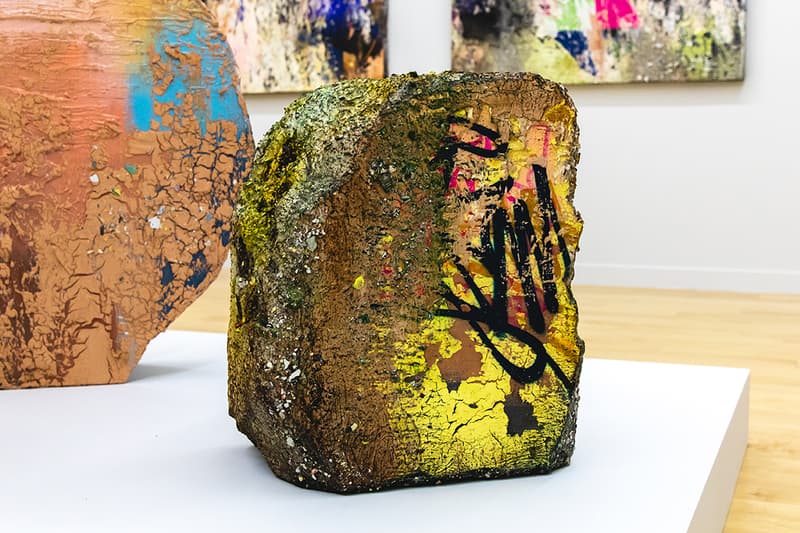
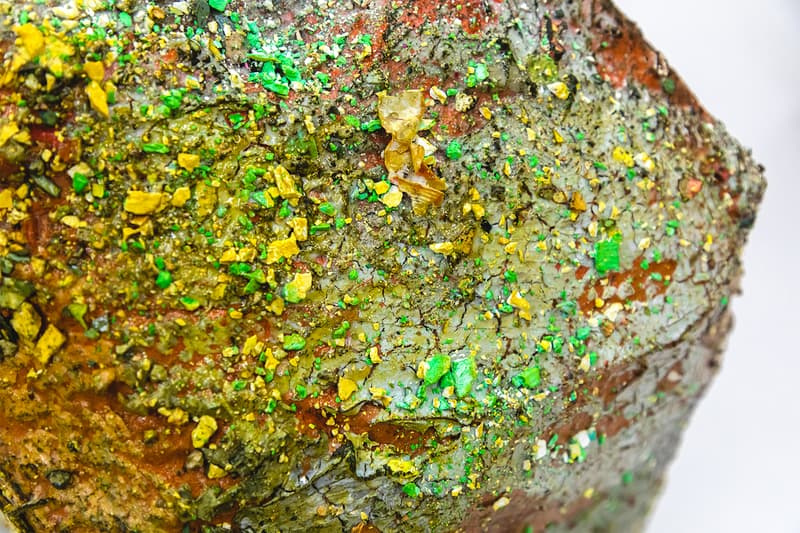
The story of an aging, evolving, and an ever-changing city was told in José Parlá‘s recent “TEXTURES OF MEMORY” exhibition opening. While not tied to a single particular city, each work was tinged with personal experiences and memories from the Cuban-American abstract artist.
Housed in two separate buildings, the exhibition was a joint effort between Hong Kong Contemporary Art (HOCA) and Ben Brown Fine Arts, in which a selection of Parlá’s oeuvre (13 works) dating from 2004 – 2019 was on display along with a new series of works. Curated by Dieter Buchhart, each work serves as a time capsule — for better or worse — depicting the ravages of time and wear from human interaction. While some “artifacts” possess political undertones, Parlá’s goal is to tell the story of the inhabitants of the city, and their walls, for a future generation — creating a universal dialogue through the abstract. The tactile works transport you to parts of the world you may never have been to, but become oddly familiar after the work has been fully digested.
Contextual pieces like a heavily graffitied wall with a worn-out payphone are placed beside a weathered canvas with the tags “Futura 2000, “RAMMELLZEE,” and “KASE2” barely visible under a slew of heavy markings and paint splatters. These unruly, urban scrawlings not only pay homage to Parlá’s peers from his generation but amplifies the notion that the dilapidated-looking work could very well have been sawed off from a wall of an ’80s-era building in the Bronx.
We caught up with José Parlá for a brief discussion on how he examines the “universal language” through walls, and how the city of Hong Kong influenced his latest works. Catch the entire conversation below:
You’ve been here several times now, have you noticed anything different or any big changes on this trip that have altered your perception of the city?
I think what was most noticeable back when I first started coming here (2004) were the old buildings juxtaposed with the new skyscrapers and hyper-architecture. Slowly over the years, you start to notice that a lot of those old buildings are starting to disappear. There are always big changes in larger cities. For example, back in the day, the art scene in Hong Kong was very small, now it is much larger and has better backing.
How has Hong Kong translated into the work that’s on display?
I take a lot of photos when I travel. I’ll quickly skim through photos I have taken of HK like an animation, and I get to remember the colors I see. A lot of the colors are the same tones you’d find on the walls of Hong Kong. Not just the walls but neon signs, the way the light hits an alleyway or market place — it’s the fruits, the clothing, the workers. It’s everything. My way of interpreting movement is through writing and styles, so a lot of the writing you see is more about moving from one side to the other.
How did you approach the sculptures this time around?
These are what I call sculptural paintings. I am dealing with more of a 3D canvas. When I start these, I imagine that they are parts or chunks of broken fragments of a building. Whether I am in Cuba, New York, or Hong Kong, I am always trying to extract this feeling. It doesn’t need to be about Hong Kong but can have a few elements from multiple cities.
This is the first time we’ve seen your work split up into two different sections and in two different buildings. Was this to properly categorize your work, or was it more of an issue of space due to the large installations?
Well HOCA was interested in working on something that would cover multiple years of my work. I was also working with a long-time collaborator/curator Dieter Buchhart. Dieter has written several essays on me and he knows my work very well. He chose the works that span across 15 years; works that show my transitions along with the idea of my work. He’s good at visualizing shows. I also wanted to involve Ben Brown who is located in Hong Kong. I wanted one room to have more recent stuff from 2019, whereas the HOCA component is more historical. Everything was curated by HOCA, so it is one show.
“When you look at the wall, you feel like you’re somewhere else in a different time. It’s a time capsule of the Bronx. I treat the walls in Hong Kong no different.”
What was the process like in coming up with the work for this new show?
The theme “Texture of Memories” is similar to what I have been doing for years. I have always been interested in walls, what happens to walls, the language on walls, but then you also get to see the evolution. For example, one of the pieces is called Tremont Avenue and it’s based on a wall in the Bronx. It has posters of Afrika Bambaataa, all these phone number elements of like people looking for jobs, it has a payphone element to it, and it has this Wild Style piecing on the surface of it that is deteriorating. When you look at the wall, you feel like you’re somewhere else in a different time. It’s a time capsule of the Bronx. I treat the walls in Hong Kong no different. I am still interested in depicting the urban environment, and how even in the present, we are still connected to our past. I am bringing the past to the present, then to the future.
I am very proud to be Cuban, but it’s not about being Cuban on every work. There’s one piece called Neuvo Rumbo that is specific to Cuban history with the United States. If we had to tie Cuba to the work, I’d say if you have ever been to Cuba, you’d see that the buildings are colorful and are badly deteriorating. All the layers are exposed because they haven’t been repaired in so long, but then again, Detroit has this too. The art can be from anywhere in the world. It doesn’t necessarily need to be tied to a city. I think what I am trying to go for in most of my work is that there is a language, visually, that unifies people. A global language that doesn’t look like English, Chinese, Arabic…etc. It’s a universal language. My message is not nationalistic, it is universal. I want people to be understanding of different cultures. I want to spread unity.
Can this only be told through the abstract?
No. We can verbalize it, we can sing songs about it, but I think abstraction helps as it allows us to step out of everyday communication. You can step back, resonate, think about it with space acting as an entryway. It’s not so direct. It’s an expansive landscape of ideas.
The Annex portion of the show will be on display from now until October 11, while the new works at Ben Brown Fine Arts will be exhibited until November 4.
The Annex
2/F, Nan Fung Place
Central, Hong Kong
Ben Brown Fine Arts (New Works)
303 Pedder Building, 12 Pedder Street,
Central, Hong Kong












